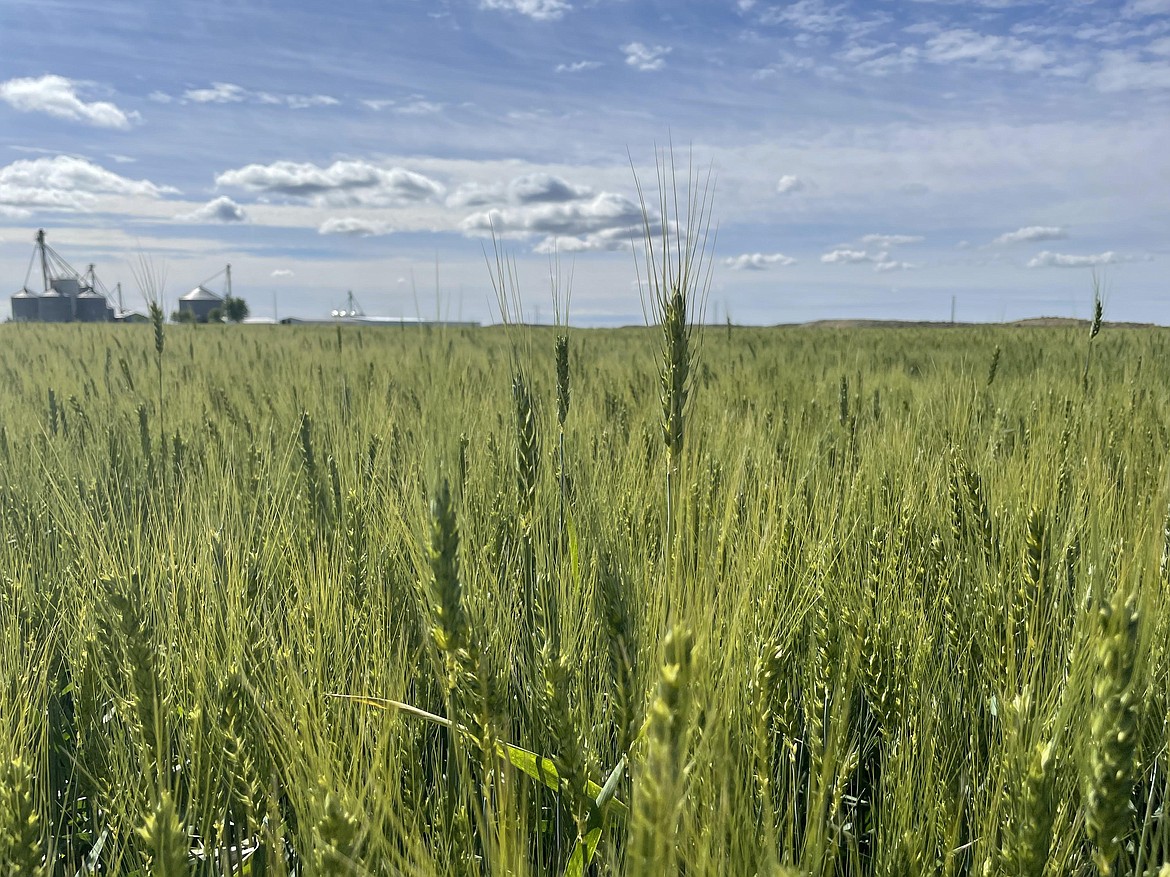USDA Says National, Regional Grain Stocks Down
OLYMPIA — Grain stocks in the Pacific Northwest are half of what they were last year, while a lack of soil moisture in portions of Adams County does not bode well for this year’s winter wheat crop, according to a pair of reports from the U.S. Department of Agriculture’s National Agricultural Statistic Service.
Become a Subscriber!
You have read all of your free articles this month. Select a plan below to start your subscription today.
Already a subscriber? Login



